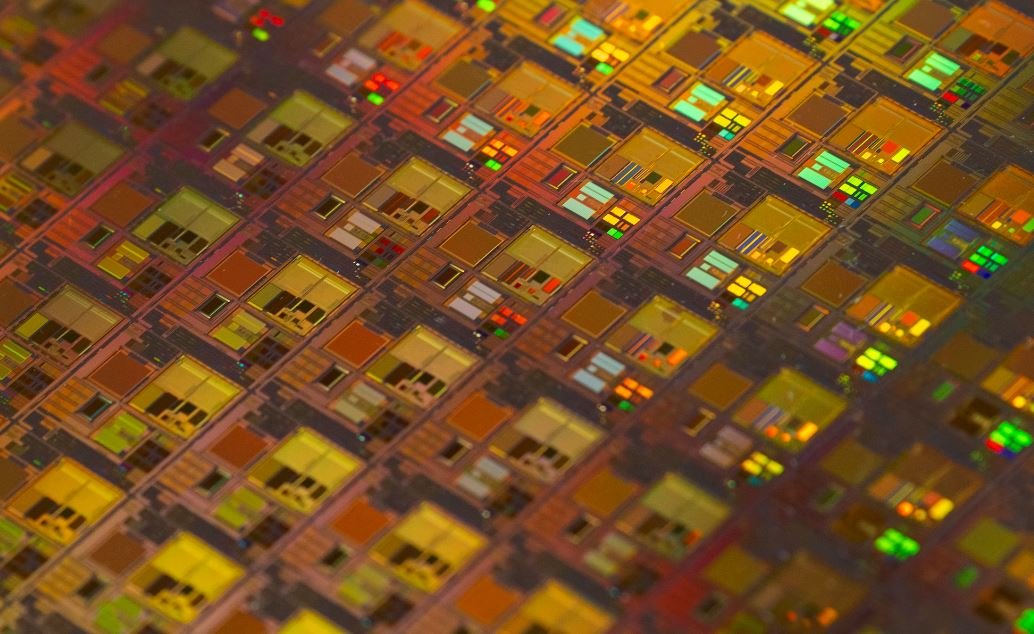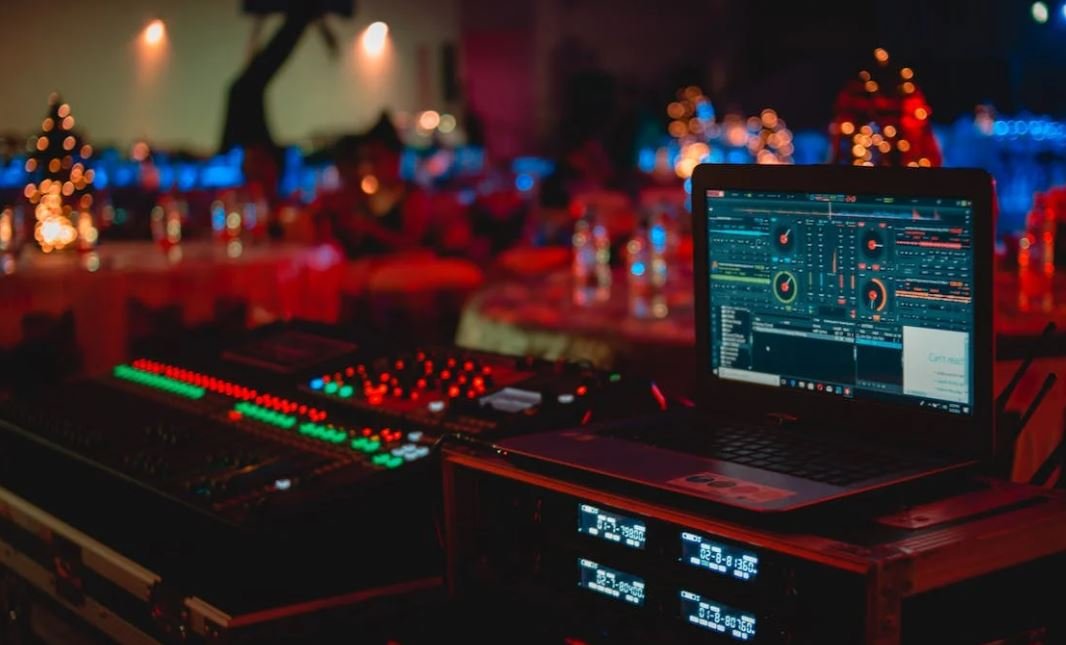How to Do Generative Art
Generative art is a popular and fascinating form of artistic expression that involves the use of algorithms and computer programming to create unique and dynamic artwork. If you’re interested in exploring the world of generative art, this article will guide you through the process and provide you with key insights on how to get started.
Key Takeaways
- Generative art combines algorithms and computer programming to create unique and dynamic artwork.
- Understanding programming concepts and tools is essential for creating generative art.
- Experimentation and exploration are key to discovering your personal style in generative art.
- Sharing and collaborating with the generative art community can provide valuable insights and inspiration.
Understanding Generative Art
Generative art is a process-oriented form of art creation that involves the use of algorithms and rules to generate artwork. Instead of manually creating each element of the artwork, the artist defines a set of parameters and lets the computer generate the final result.
Generative art can produce an infinite number of variations based on a defined set of rules.
Getting Started
To get started with generative art, you’ll need a basic understanding of programming concepts and tools. Here’s a step-by-step guide to begin:
- Choose a programming language: Popular languages for generative art include Processing, Python, and JavaScript.
- Learn the basics: Familiarize yourself with variables, loops, functions, and conditionals.
- Explore libraries: Many programming languages offer libraries that can assist in generative art creation.
- Experiment and iterate: Start creating simple generative art pieces, tweaking parameters, and observing the outcomes.
Exploring Your Style
Generative art allows for endless experimentation and exploration of artistic style. As you continue to create, you’ll start to develop a unique approach and aesthetic. Here are some tips to help you find your style:
- Break the rules: Don’t be afraid to diverge from preset formulas and explore new possibilities.
- Embrace happy accidents: Sometimes unexpected results can lead to exciting artistic discoveries.
- Iterate and refine: Take your initial creations and explore different variations, refining them to achieve the desired outcome.
| Generative Art Tools | Pros | Cons |
|---|---|---|
| Processing | Beginner-friendly, large community support | Limited in scope, primarily focused on visual art |
| Python | Versatile, powerful libraries | Steep learning curve for beginners |
| JavaScript | Web-friendly, interactive possibilities | Performance limitations for complex calculations |
Sharing and Collaborating
Generative art has a vibrant and supportive community of artists. Sharing your work and collaborating with others can provide valuable insights and inspiration. Here are some ways to connect with the generative art community:
- Join online forums and communities dedicated to generative art.
- Participate in collaborative projects and challenges.
- Attend generative art meetups, workshops, and conferences.
- Share your work on social media platforms using relevant hashtags.
| Generative Art Benefits | Description |
|---|---|
| Infinite Creativity | Generative art allows for limitless variations, providing artists with endless creative possibilities. |
| Algorithmic Beauty | The process of defining rules and parameters can lead to aesthetically pleasing and intriguing artwork. |
| Engagement with Technology | Generative art bridges the gap between art and technology, appealing to those interested in both fields. |
Continuing Your Journey
Generative art is a never-ending exploration. As you gain more experience and expand your skills, you’ll discover new techniques, algorithms, and possibilities. Stay curious, keep experimenting, and continuously learn from the generative art community.

Common Misconceptions
Generative Art Requires Advanced Programming Skills
- One misconception is that creating generative art requires extensive programming knowledge.
- Another misconception is that generative art can only be created by professional software engineers.
- However, with the availability of user-friendly tools, anyone can venture into generative art regardless of their programming skills.
Generative Art is Just Randomly Generated
- Some people believe that generative art is solely the result of random processes.
- Another misconception is that generative art lacks intention or purpose.
- In reality, generative art can be curated and guided by artists, combining random elements with deliberate choices to create meaningful compositions.
Generative Art is Merely Repetitive Patterns
- One misconception is that generative art is limited to repetitive patterns.
- Another common belief is that generative art lacks creativity and variety.
- In truth, generative art can explore a wide range of styles, techniques, and themes, including organic forms, abstract compositions, and unique visual narratives.
Generative Art Requires Expensive Equipment
- Some people think that creating generative art requires expensive software or hardware.
- Another misconception is that only professional artists with high-end equipment can engage in generative art.
- However, there are many free or affordable software programs, online tools, and even mobile apps that can be used to create generative art.
Generative Art is Not “Real” Art
- One common misconception is that generative art is not considered “real” art by some traditionalists.
- Another belief is that generative art lacks the human touch and artistic intent.
- However, generative art requires artistic decisions, creativity, and artistic vision to guide the processes and generate unique outcomes.

The History of Generative Art
Generative art is a fascinating field that combines technology and creativity to produce artwork that has an element of randomness or unpredictability. This table highlights some key milestones in the history of generative art.
| Year | Event |
|---|---|
| 1965 | Exhibition “The Responsive Eye” showcases Op Art, inspiring generative art |
| 1970 | Harold Cohen develops AARON, a program that creates paintings autonomously |
| 1975 | Frieder Nake publishes “Generative Computergraphik” pioneering the theory of generative art |
| 1980 | William Latham collaborates with mathematicians to create organic computer-generated sculptures |
| 1993 | Karl Sims releases “Evolved Virtual Creatures,” evolving 3D creatures through genetic algorithms |
| 2001 | Scott Draves introduces the Electric Sheep, a distributed generative art project |
| 2011 | Generative artist, Marius Watz, exhibits large-scale installations at international art galleries |
| 2014 | Google’s DeepDream generates dream-like images using neural networks |
| 2017 | Anna Ridler wins the first ever international prize for generative art, the Lumen Prize Gold Award |
| 2020 | OpenAI’s GPT-3 impresses with its ability to generate creative texts in response to prompts |
The Benefits of Generative Art
Generative art offers numerous benefits beyond its artistic value. It can be used in various fields to enhance creativity, problem-solving, and innovation. This table explores some of the practical benefits of generative art.
| Field | Benefit |
|---|---|
| Design | Generative art inspires unique and inventive design solutions |
| Education | Using generative art as a teaching tool enhances engagement and encourages experimentation |
| Medicine | Generative art can aid in medical research and diagnostics, providing new perspectives |
| Marketing | Creating generative art for advertising campaigns generates attention and brand engagement |
| Architecture | Generative design algorithms optimize building structures, increasing efficiency |
| Simulation | Generative art can simulate complex systems, helping to better understand natural phenomena |
| Fashion | Using generative techniques, designers can craft unique and personalized clothing creations |
| Music | Generative algorithms can compose music, leading to novel and innovative compositions |
| Data Visualization | Generative art can represent complex data in visually compelling and accessible ways |
| Entertainment | Generative art installations and experiences can captivate and entertain audiences |
Generative Art Techniques
Generative art can be created using various techniques, each with unique principles and approaches. This table explores some popular generative art techniques and their characteristics.
| Technique | Characteristics |
|---|---|
| Fractals | Self-repeating geometric patterns with intricate details at different scales |
| Procedural Generation | Using algorithms, art is generated based on sets of rules and parameters |
| Evolutionary Art | Art created through artificial evolutionary processes, evolving over generations |
| Data-driven Art | Using data inputs, art is generated or manipulated to represent patterns or insights |
| Algorithmic Art | Art created by coding algorithms, often utilizing mathematical functions |
| Interactive Art | Art that responds to input or interaction from viewers, creating dynamic experiences |
| Randomness-based Art | Art where randomness is a key component, resulting in unexpected outcomes |
| Recursive Art | Art that contains repeated patterns within itself, creating intricate visual structures |
| Neural Network Art | Art generated or influenced by neural networks, showcasing machine learning techniques |
| Rule-based Art | Art generated by following specific rules or constraints, often producing complex imagery |
The Impact of Generative Art
Generative art has made significant contributions and left a lasting impact in various domains. This table highlights some notable impacts of generative art.
| Domain | Impact |
|---|---|
| Technology | Generative art has spurred advancements in computational creativity and artificial intelligence |
| Entertainment | Generative art has transformed the gaming industry, creating immersive and dynamic gaming experiences |
| Research | Generative art has influenced various scientific research areas, providing new perspectives and insights |
| Psychology | Generative art has been used for therapeutic purposes, promoting relaxation and creativity |
| Social Media | Generative art has become a popular trend on social media platforms, inspiring digital artists worldwide |
| Education | Generative art is increasingly used as a teaching tool to enhance creativity and critical thinking skills |
| Science Fiction | Generative art has influenced the portrayal of artificial intelligence and futuristic worlds in literature and films |
| Design | Generative art has revolutionized the design process, allowing for innovative and customizable solutions |
| Collaboration | Generative art has facilitated collaborations between artists, programmers, and scientists across disciplines |
| Art Market | Generative art has gained recognition and value as a unique and collectible form of digital art |
Key Artists in Generative Art
Generative art has been propelled by numerous talented artists who have pushed boundaries and created exceptional works. This table highlights some key figures in the world of generative art.
| Artist | Notable Works |
|---|---|
| Vera Molnar | “Variants”/”Pour-H” series |
| Karl Gerstner | “Color Sound Machine” |
| Manfred Mohr | “Cubic Limit”/”Cubic Limit-II” |
| Casey Reas | “Processing” software/”Process Compendium” series |
| Marius Watz | “Platonic Solids”/”Polygon Graffiti” series |
| Ryoji Ikeda | “Data Matrix”/”Test Pattern” installations |
| Refik Anadol | “Wind of Boston”/”Melting Memories” installations |
| Quayola | “Strata” series/”Jardins d’Été” |
| Joan Leandre | “Memopol-2″/”City Tags – Urban Data Canvas” |
| Anna Ridler | “Mosaic Virus”/”The Strand” series |
The Future of Generative Art
Generative art continues to evolve and holds immense potential for future advancements. This table explores some exciting possibilities and directions for generative art.
| Potential | Description |
|---|---|
| AI Integration | The integration of artificial intelligence techniques will enable even more complex and realistic generative art |
| Virtual Reality | Generative art experiences in virtual reality will create immersive and interactive artistic worlds |
| Generative Fashion | Generative techniques will revolutionize fashion industry, enabling customizable and sustainable clothing |
| Data Sculptures | Generative art will sculpt data into physical forms, creating tangible representations of complex information |
| Bioart Collaboration | Collaboration between generative artists and biologists will give rise to bio-inspired generative art forms |
| Generative 3D Printing | Generative algorithms integrated with 3D printing technology will allow for intricate and novel physical designs |
| Generative Music Platforms | Interactive platforms and AI-composed generative music will shape the future of music creation and consumption |
| Generative Augmented Reality | AR technologies will enhance generative art experiences, blending physical and digital elements seamlessly |
| Generative Storytelling | Generative art will be used to create dynamic and personalized narratives, evolving based on user input |
| Creative AI Assistants | Generative AI assistants will aid artists in creating, suggesting, and collaborating on generative artwork |
Conclusion
Generative art has come a long way since its inception, and its impact can be seen in various fields. From the rich history of generative art to its practical benefits and future possibilities, this form of artistic expression has proven its value and potential. As technology continues to advance, generative art is poised to push further boundaries and inspire creativity in unprecedented ways. With key artists leading the way and new techniques emerging, generative art is set to shape the future of art, design, and innovation.
Frequently Asked Questions
How to Do Generative Art
What is generative art?
Generative art refers to the creation of artwork using algorithms or computer code…
What are the tools and software I need to create generative art?
There are several tools and software available for creating generative art…
Do I need programming skills to create generative art?
Yes, programming skills are usually required to create generative art…
How do I get started with generative art?
To get started with generative art, you can follow these steps…
Are there any online resources or communities for learning generative art?
Yes, there are numerous online resources and communities dedicated to learning and sharing generative art…
Can generative art be printed or displayed physically?
Yes, generative art can be printed or displayed physically…
Can generative art be copyrighted?
Yes, generative art can be copyrighted…
Can I sell my generative art?
Yes, you can sell your generative art…
Are there any ethical considerations in creating generative art?
As with any form of art, ethical considerations can arise in the creation and use of generative art…
Is it possible to collaborate with other generative artists?
Yes, it is possible to collaborate with other generative artists…




